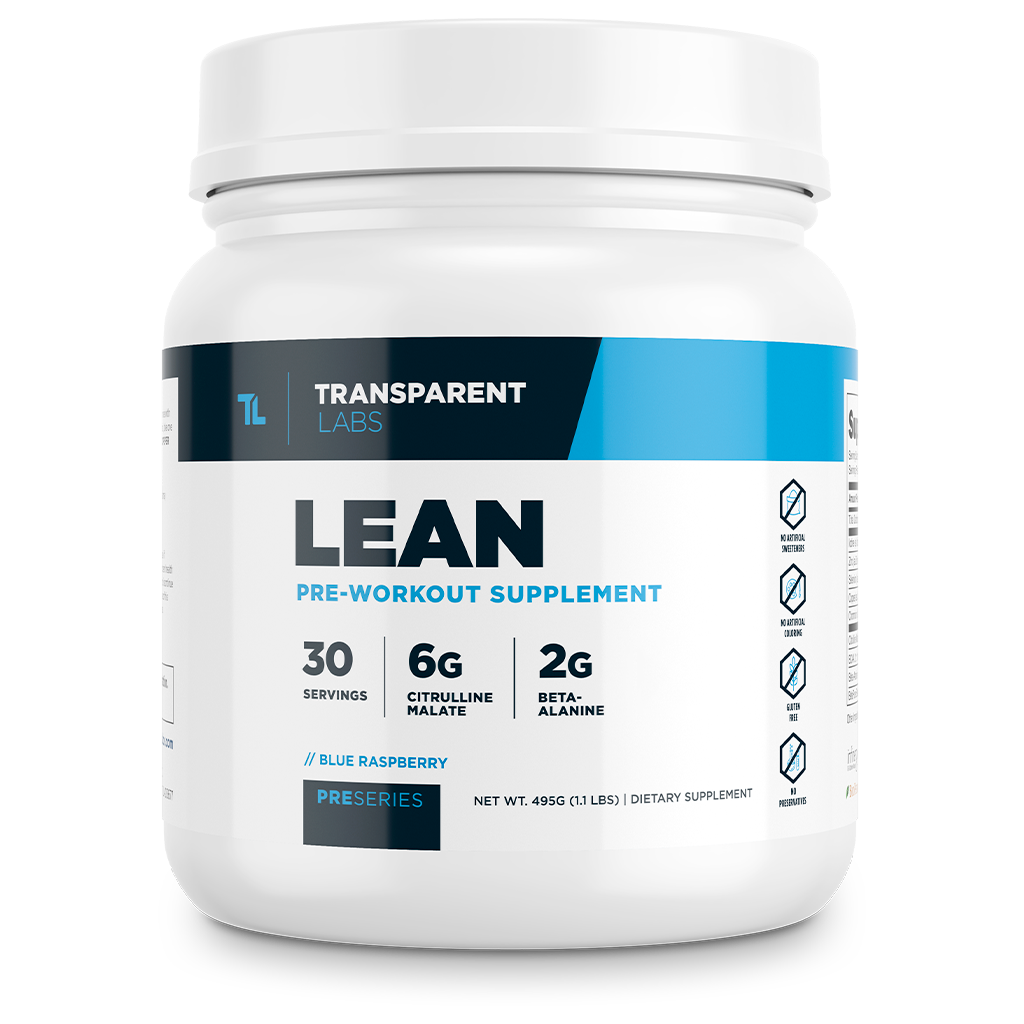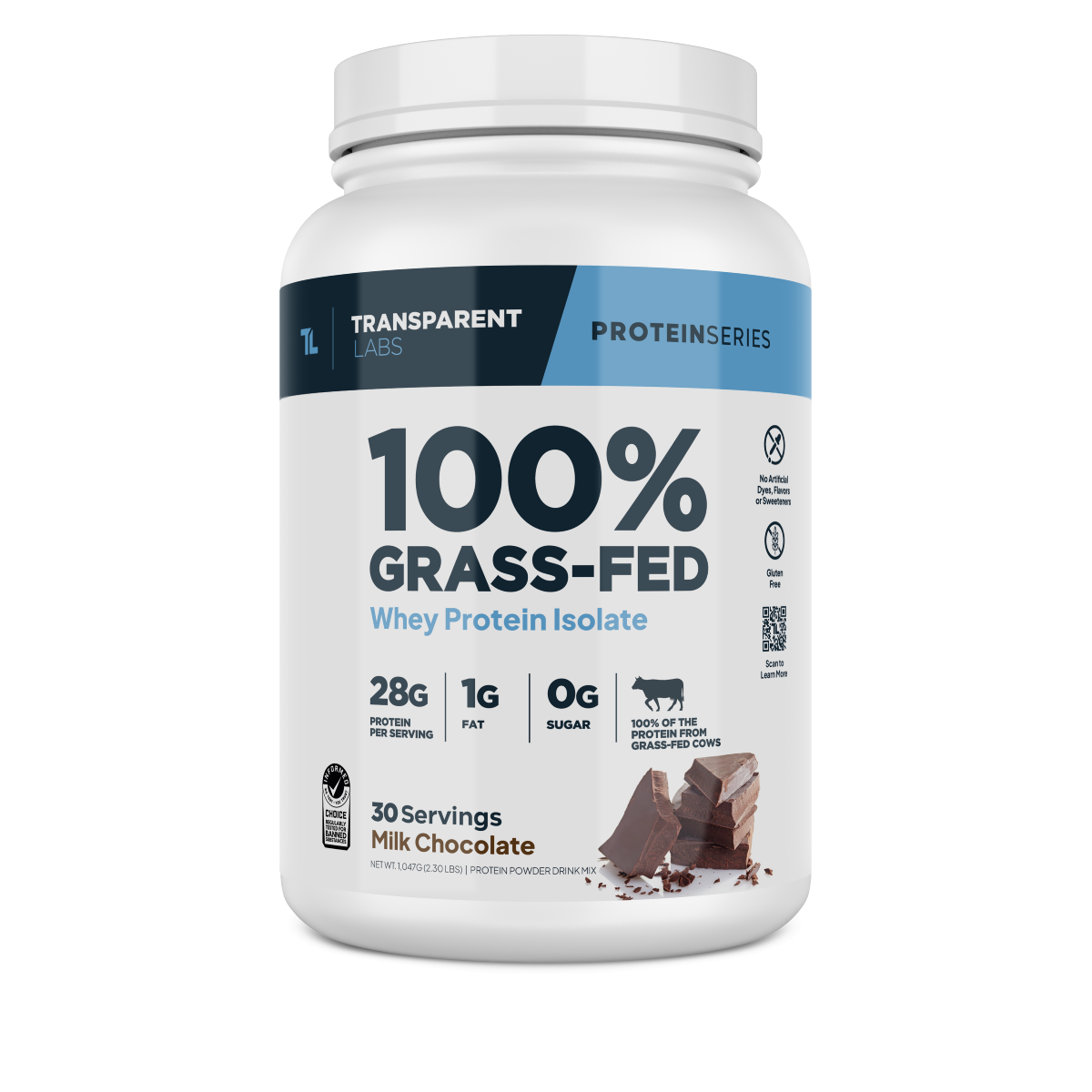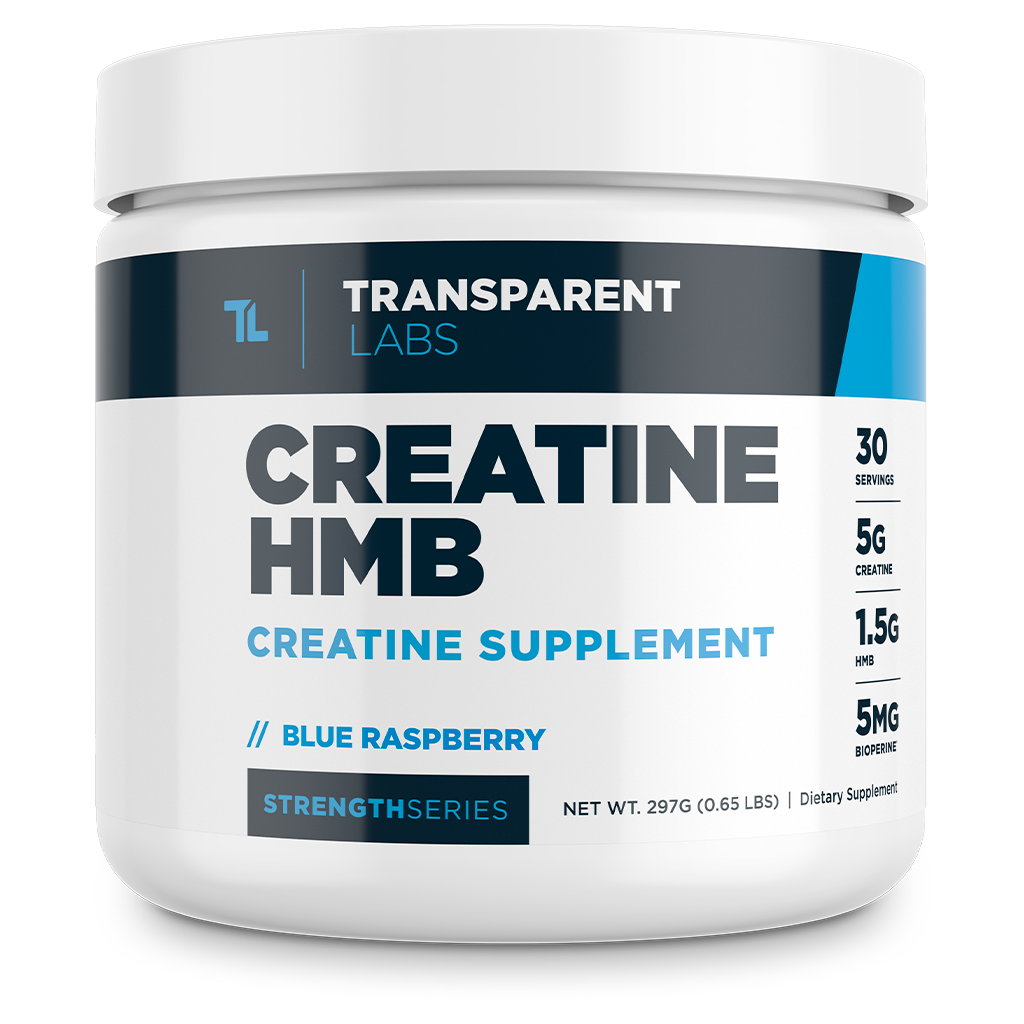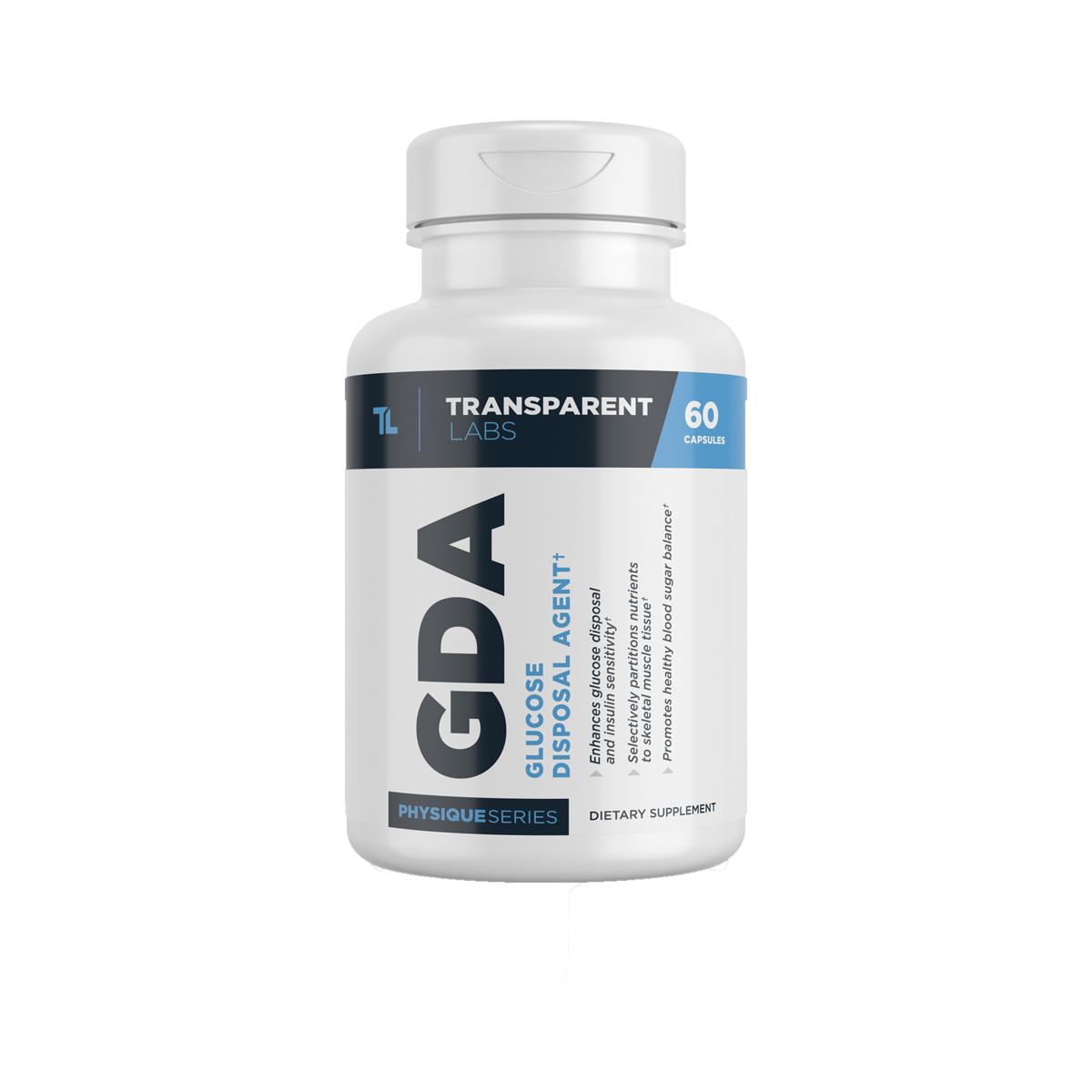The Benefits of Doing Upper Back Exercises for a Strong Back

All too often, athletes only work the muscles they see in the mirror. They push their biceps, core, and chest muscles to the point of failure yet forget about the other muscle groups in the body.
But here's the thing: Your body is one complete system. If you want a strong body, you need to work each and every muscle — all 650 of them — not just the vanity muscles you want to flex.
Developing a strong back is vital for enhancing one's overall quality of life, as it enables you to perform daily tasks with greater ease and helps prevent injuries. It's also worth noting that the term "back" is not a specific body part in it itself but rather the region between the base of the neck and the top of the pelvis.
Below, we will continue to focus on one of the largest and most important muscle groups of the body: Your upper back muscles, including your rhomboids, deltoids, trapezius, erector spinae, and latissimus dorsi.
While you may spend a large portion of your workout working toward those coveted six-pack abs, upper back exercises often get ignored. We'll show you why upper back exercises are important and how to fit them into your fitness routine.
The Importance of Upper Body Exercises: Why You Shouldn’t Skip Back Day:

Upper back exercises are important for good posture, function, and aesthetics. We break down each of these areas below.
Why a Strong Back Is Essential for Function and Posture
Your back muscles (and whole posterior chain, for that matter) are the opposing force to your abdominals and anterior core muscles. Therefore, if you focus on strengthening your abs but don't have the back strength to hold up your core, you will experience back pain. This becomes even worse if you sit at your desk all day, as you may lack the stabilizer muscles — like your lats, or latissimus dorsi — to retract the scapula (shoulder blades).
Pulling your shoulder blades back and down, as you may know, is one of the first movements that preps you for strength training. If you can't keep your upper back muscles engaged throughout deadlifts, lat pulldowns, or bent-over rows, you need to strengthen these muscles or lighten the load and focus on form.
Why Strong Back Muscles Are Essential to Aesthetics
If you train your anterior core muscles relentlessly — but skip back day — think about whether slouching makes you look or feel confident. If it doesn’t, start working back exercises into your routine.
Muscle imbalances between your chest, back, or shoulder muscles will cause your shoulder blades to roll forward in a hunched form. Poor posture is directly linked to neck pain, upper back pain, lower back pain, and in some studies, lower confidence.
4 of the Best Upper Back Exercises to Work Into Your Routine
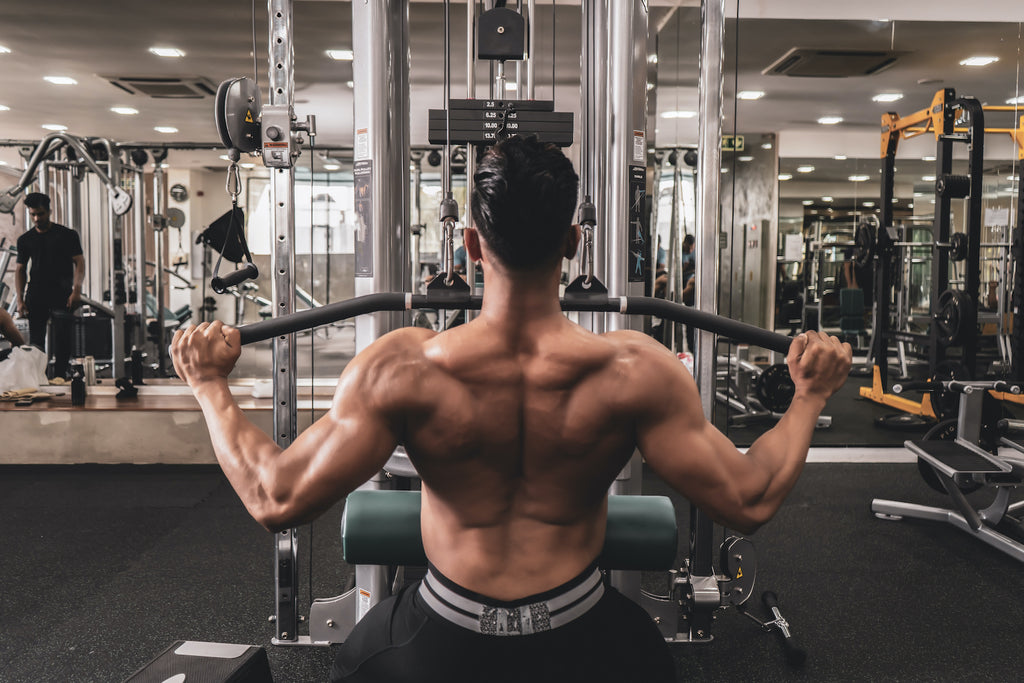
Now, let’s take a look at four popular exercises to use in a back workout. If you don't have access to gym equipment or need an added challenge, we’ll show you some alternatives for each exercise.
1. Single-Arm Dumbbell Row
To do this exercise, you need a platform, such as a ballet bar, bench, or sofa arm.
Grip the dumbbell in your right hand. Place your left palm on your chosen platform in front of you. Your knees should be slightly bent, with your glutes and core engaged, shoulders rolled back and down, and your chest out.
Bring your right elbow directly behind you as though you're pulling your elbow toward the center of your spine. At your end range of motion, your fist should be directly beneath your right pec muscle, almost like the motion of starting a lawnmower. Slowly lower the dumbbell to the starting position, just above the ground. Do 10 repetitions with one arm, then switch arms. (Note: If you don't have dumbbells but have a barbell, do a barbell row instead using both arms.)
- For an added challenge: Use two dumbbells. Hold the left dumbbell at the top of the movement (near your chest) as you do 10 rows with your right arm. Without a stabilizing surface, you must squeeze your core even harder as you work both your left and right back muscles.
- With a resistance band: Step into a resistance band, holding both sides with your respective hand. Hold the left side of the resistance band close to your chest as you do 10 rows with your right, then switch sides.
2. Isometric Pull-Up
If you can't quite do a full pull-up, try an isometric pull-up instead. To do this, use a box or bench to jump (carefully) into the top of a pull-up position. Squeeze your lats as hard as you can to hold yourself in position, then slowly lower yourself back onto the box.
Even if you can do full pull-ups with ease, isometric pull-ups can still add a challenge. Treat your pull-up as you normally would as you raise your body, but challenge yourself to go as slow as possible back down, emphasizing the eccentric contraction.
- With a resistance band: Tie a resistance band to the bar. Place one foot inside the resistance band, then pull yourself up for added assistance.
- With no equipment: If you have a sturdy surface you can slide underneath, like playground equipment or a sturdy bicycle rack, you can do an inverted row (sometimes called a reverse push-up). To do this, slide under the surface and grip it with both hands. It should be directly above your shoulders in a reverse plank position. Pull yourself up while squeezing your shoulder blades together, then return to your starting position.
3. DumbbellReverse Fly
To do this exercise, stand with your feet shoulder-width apart while you grip a dumbbell in each hand. With a slight bend in the knee, hinge at the hips — stick your glutes backward, roll your shoulders back and down, and keep your chest up.
Start with your arms down, your palms facing toward one another. Squeeze your back muscles so your arms come back in a reverse bear hug (your upper body should be in a T shape with your elbows slightly bent). Return to your starting position.
- For an added challenge: At the top of the movement, add a pulse by squeezing your shoulder blades slightly closer together before returning to your starting position.
- With a band: Start in the same standing position, but hold a resistance band with your palms pointed downward. Squeeze your shoulders and try to pull the band apart with your arms. For less resistance, drop one side of the band.
4. Lat Pulldown
If you struggle to activate your lat muscles, this is a great exercise to start with.
Sit in a lat pulldown machine. Roll your shoulders back and down and keep them in that position as you reach to grab the bar above you. With an overhand grip just outside shoulder-width, pull the bar toward your chest as both elbows go down and slightly back. Return to your starting position.
- With a resistance band: Hold a resistance band overhead (serving as your "bar"). Squeezing your shoulder blades together, lower the band to your chest while pulling it apart.
- Bodyweight only: Lay flat on the floor with your arms and legs extended, in a prone position. Raise your upper body while keeping your lower body on the floor. Squeeze your back muscles and pull your elbows closer to your rib cage.
Perform Upper Back Exercises for Form, Balance, and Posture
Your upper back muscles help hold your body upright. Strong back muscles act as the opposing force to your core, preventing poor posture and back pain.
To strengthen your upper back muscles, do pull-ups, single and double arm rows, reverse flys, and lat pulldowns. All of these exercises can be modified or advanced to suit your fitness level.
To grow your back muscles, always try to consume a high-quality protein source after your back workout. For this, we recommend consuming Transparent Labs 100% Grass-Fed Whey Protein Isolate within 30 minutes after your workout.

